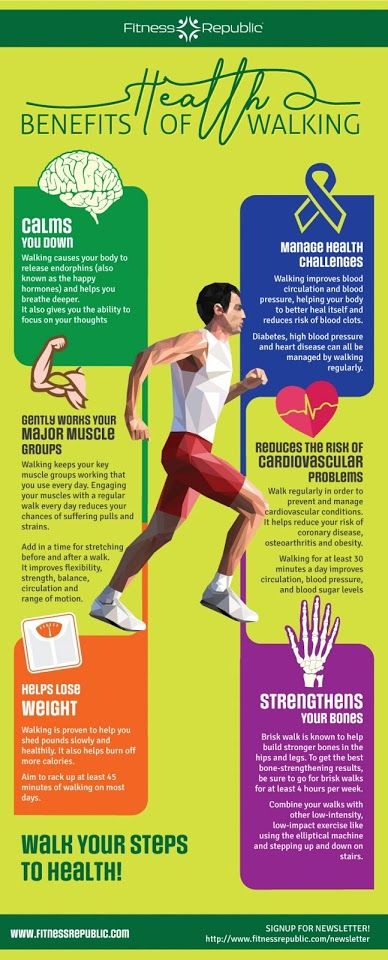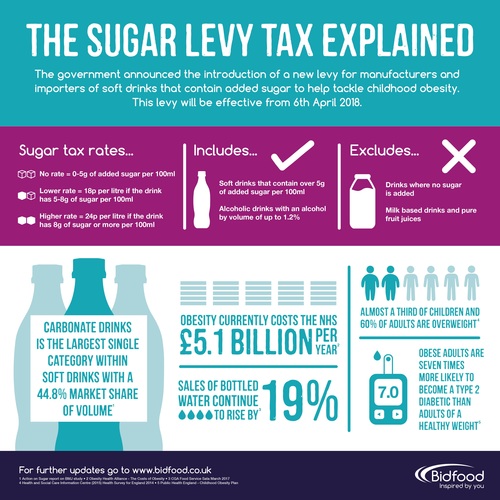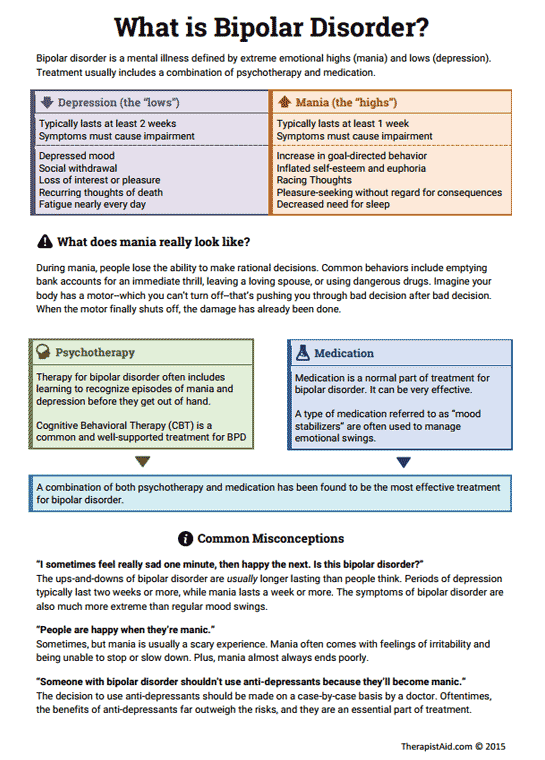Universal human needs
The Six Universal Human Needs
Welcome back! I’m pumped to share a recent conversation that I had with Jennifer Blankl, a certified relationship and life coach, speaker, trainer, and workshop leader. I think you’re going to get a lot out of our talk about the six universal human needs.
First Things FirstBefore we could move on to discuss how these universal human needs affect us in the workplace, I wanted Jennifer to define “universal human needs” for you and me. She replied, “As human beings, we share the same neurological system inside of our bodies — despite our different genders, cultures, ethnicities, or ages. The theory of the six universal human needs was derived from biological science, and it concludes that these needs are universal to all humans. And what is fascinating to me, Brandon, is that when we peel back the layers of ourselves and the people that we share key relationships with, we can finally see what is truly going on.
”
Jennifer went on to explain that, once we understand our needs, we can then clearly see what’s going on inside of us, why we feel the way we feel, what we’re thinking, and why we focus on whatever we’re choosing to focus on. In other words, our motivations become clear. She added, “I mean, talk about being able to shift your mindset. It’s a completely new empowering way of looking at things.”
Deepening Workplace RelationshipsOf course, since I’m all about transforming the workplace, I wanted to understand how this knowledge could affect our relationships at the office. In addition to our relationships with our spouses, friends, and family, we’re interacting with our colleagues, supervisors, and strategic teams every day too. According to Jennifer, if we understand what their needs are, we’re able to adjust our interactions to meet those needs and deepen those relationships. And isn’t that what we all want?
Now, of course, I know that things have been shaken up a bit with the recent pandemic. And, as a result, many of us have been spending a lot more time at home. This current chaos got me interested in whether Jennifer thought these universal needs would play a role in helping us get through all of this unscathed.
And, as a result, many of us have been spending a lot more time at home. This current chaos got me interested in whether Jennifer thought these universal needs would play a role in helping us get through all of this unscathed.
Jennifer responded, “I think it heavily applies here and, actually, there’s been a heavier focus in my recent sessions with my clients about how they and their partners are responding differently to the situation. We’re being triggered a little bit more where we’re forced to hunker down in our homes. But we’re also dealing with a level of fear and uncertainty and insecurity that we haven’t before, at least in this forum.”
She explained that we respond based on our “needs blueprint.” For example, in the case of someone who really values the human need for certainty and comfort, “their world is going to be rocked a lot more than someone who values the human need for uncertainty, variety, stimulation, and unpredictability.” Jennifer added that we all have different vehicles that we use to meet our various needs.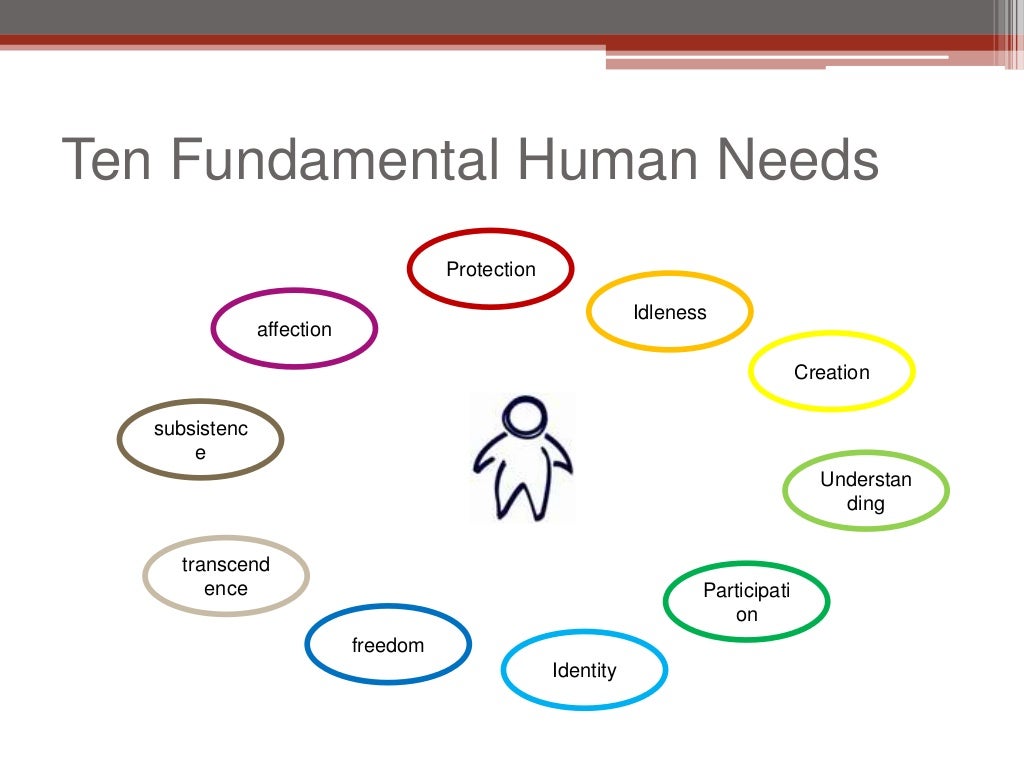 Since none of us are exactly alike, even if we come up with the same ranking order of our needs, we will definitely go about meeting them differently.
Since none of us are exactly alike, even if we come up with the same ranking order of our needs, we will definitely go about meeting them differently.
Without further ado, Jennifer gave me an overview of each of the six universal human needs:
Certainty: We need to feel comfortable, feel safe, and feel stable. We need to be able to predict outcomes and feel protected.
Uncertainty/Variety: We need to have variety and unpredictability as well. It challenges us emotionally and physically and helps us learn to work through fear, conflict, and crisis.
Significance: We need to feel valued, appreciated, needed, special, and important. We need to know that we have purpose.
Love and Connection: We need to feel included and connected. Human beings aren’t meant to be alone, but rather to be loved and cared for.
Growth: We need to grow emotionally, intellectually, and spiritually.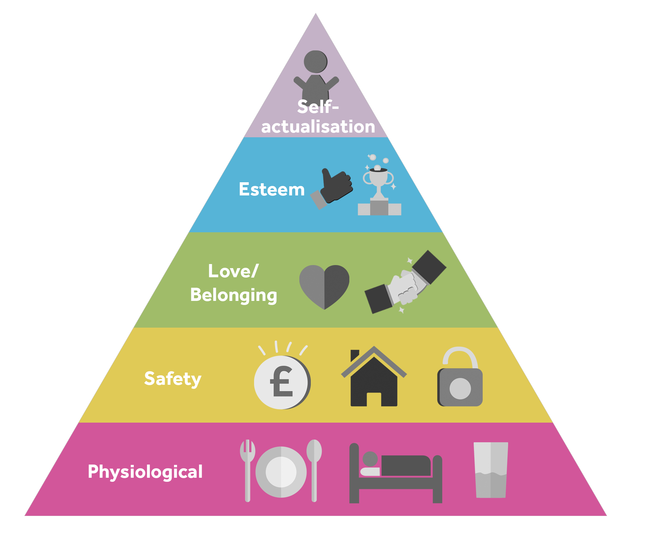
Contribution: We need to contribute in a positive way to those around us. We need to help others meet their needs.
Learning More About YouBy taking Jennifer’s Human Needs Assessment, you’re also able to figure out which of the six needs you value most. According to Jennifer, “Your top two needs are what’s driving you. Whatever you’re thinking and feeling for the most part throughout your days, the actions that you choose, how you choose to spend your time, the choices you make in your personal life and your business life. They’re all being driven by these needs.” And without this information, we’re walking through life blind.
Learning More About Your TeamI was curious once more about how this concept could help us in the workplace, so I proposed a hypothetical situation to Jennifer: “Let’s say I’ve got a team of 10 people, and I’ve had them take the assessment to determine their universal needs.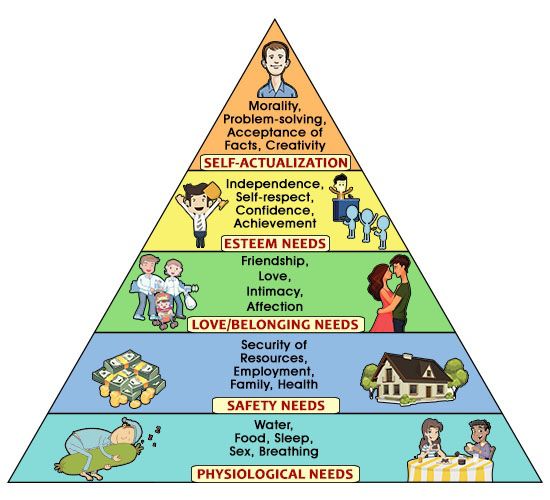 I’ve got their scores, what do I do with this information?”
I’ve got their scores, what do I do with this information?”
Jennifer explained that a leader, boss, or manager could initiate “a group discussion — an open, authentic, even uncomfortable dialogue — about each of their needs and the layers surrounding them.” Knowing your own needs and the needs of those around you can completely transform the way you approach your job, your colleagues, and the company as a whole. Yes, it’s tough to be vulnerable, but this is something that is inside of us, and our needs won’t suddenly disappear just because we attempt to ignore them.
Interested in Taking the Test?If you’re as intrigued as I was about your own needs, you can go to Jennifer’s website, jenniferblankl.com, to take the test. Click on the “Learn Your Top 2 Needs” tab and you’ll see an explanation of the needs that could serve as a recap to this podcast. Go ahead and take the test and get some insight into how your needs inform your behavior, interactions, and decisions.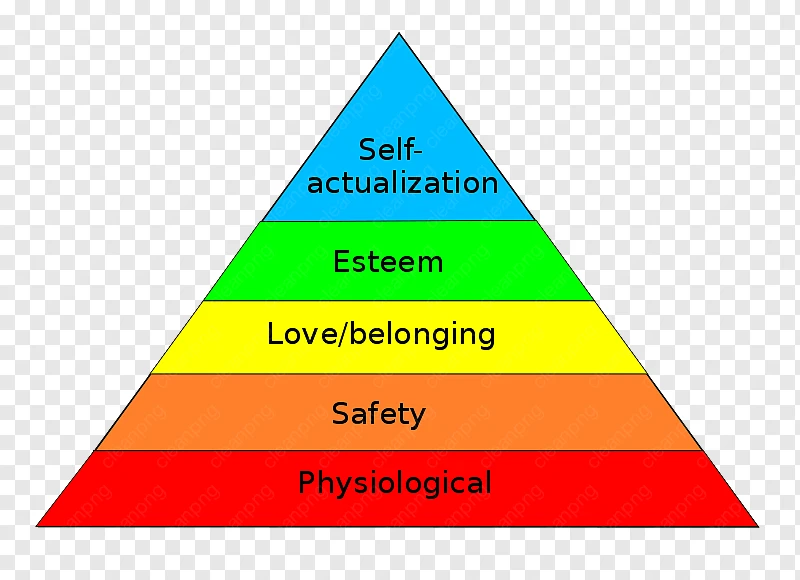
You can also learn more about the six universal human needs by listening to my full interview with Jennifer Blankl right here. You’ll even get to hear her analyze my test results!
A theory of universal human needs – Simon Hertnon's simple philosophy
Even simpler than Abraham Maslow’s 5-tier Hierarchy of Needs, and Clayton Alderfer’s 3-part ERG Theory, my Theory of Universal Human Needs has just two types of need: survival and betterment.
Why we do the things we do.
| Survival needs | Betterment needs | |
|---|---|---|
| Individual goals | EXISTENCE | HAPPINESS (to feel good about being alive) |
| Individual needs | 1. Physical well-being 2. Mental well-being | 5. More respect from others 6. |
| Species goals | SURVIVAL of the species | CONTENTMENT (and ongoing survival of the species) |
| Species needs | 3. A safe and healthy environment 4. Reproduction or limiting reproduction | 7. Appreciation of ‘life’ and all that you have 8. Doing good deeds (helping others to satisfy their unmet needs) |
First published January 2005
Notes
In each of the four sectors, the first need is a pre-requisite of the second need.
1, 2. Sufficient physical and mental health, food and water, safety and security, structure and belongingness, love and respect from others, and self-esteem, to be alive and to want to stay alive.
5, 6. How much ‘more’ appears to depend on both our individual personalities and characteristics (nature) and our experiences and environment (nurture).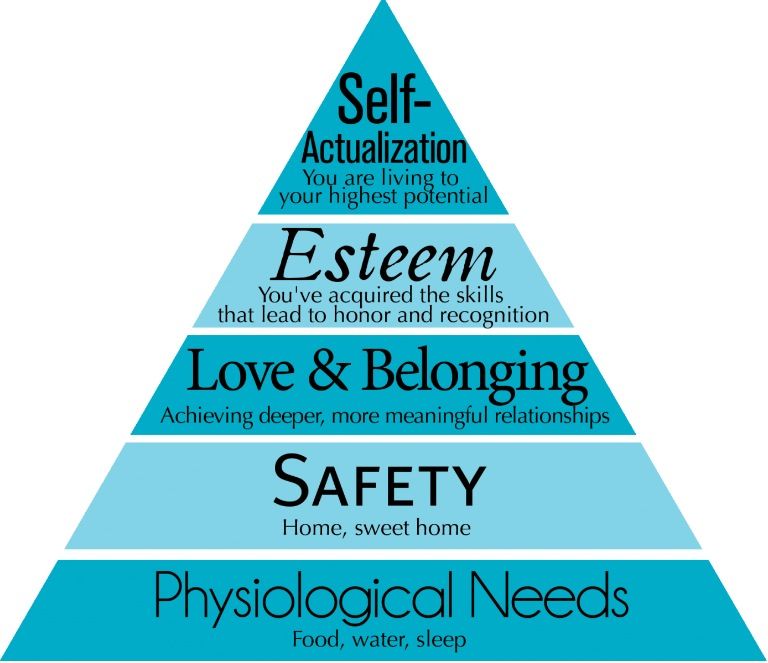
There are more relationships between the eight needs and four goals than can be clearly shown via a two-dimensional (flat) table so I have developed, with the help of graphic designer Jeroen ten Berge, a more sophisticated nautilus diagram of the theory.
Introduction | Article | Nautilus diagram | Translations
Whenever the four survival needs are met, humans attempt to satisfy their four betterment needs, which are the needs we must satisfy to improve the quality of our existence. Satisfying the first two produces transitory happiness. Satisfying the last two produces lasting contentment for the individual and contributes directly to the ‘ongoing survival of the species’.
When perspective and historical context is added to the mix, two important insights come to light. First, our betterment needs ultimately make us better at surviving. And second, without recognition of our ultimate goal (to contribute to the ongoing survival of our species), most of us whose survival needs are met are subsequently left goalless.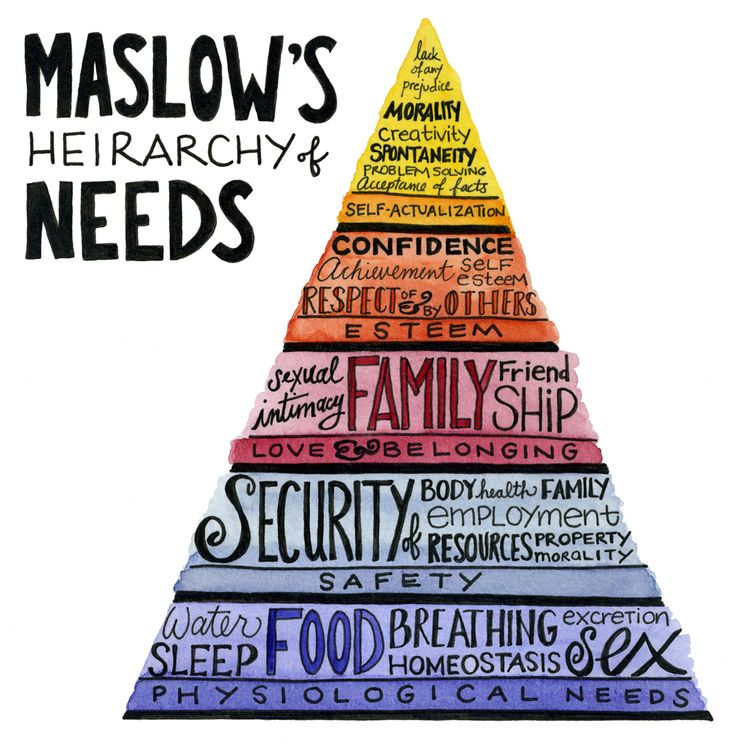
Unlike a focused subsistence farmer, appreciative of food eaten and days survived, we wake up each day unsure of what we should be doing. And our natural motivation for ‘better’ — so long as we fail to understand it—is easily manipulated into an insatiable want for ‘more’, which leaves us perpetually dissatisfied and frustrated. We want fame, to be known by many; we need the love and the respect of a few. So how do most of us spend our time? Climbing ladders away from our family and friends.
We over-consume to our everyday detriment, each item devaluing the others we already have so we feel poor and cluttered. And we produce so much unnecessary waste that we are degrading our own (and only) environment. Unchecked, we will push ourselves back to subsistence living.
In other words, we (the wealthiest, most privileged humans of all time) are muddling up our own lives and, increasingly, the lives of others. We have, surely, misread the instructions.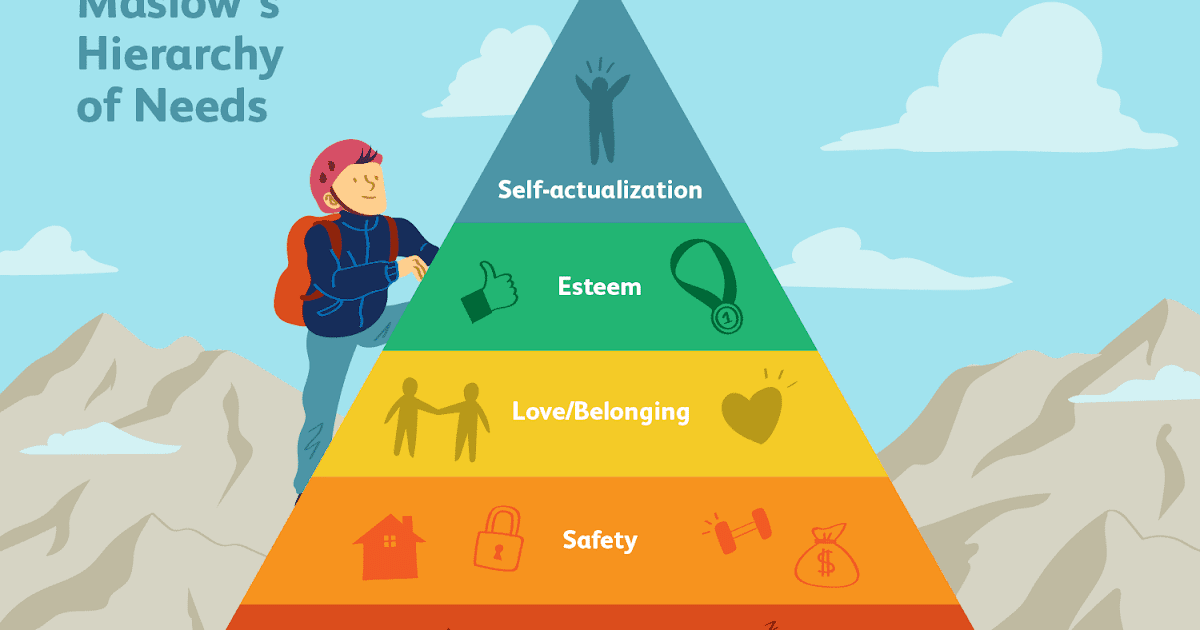
As the Chilean economist Manfred Max-Neef points out, human needs are few, finite, and classifiable. It is in the infinite ways that we satisfy those needs that the diversity, wastage, and muddle occurs. But to improve the quality of our ‘satisfiers’ — the disparate acts we perform to satisfy our needs — first requires us to understand our universal needs and the fundamental goal they innately motivate us to achieve: ongoing survival of our truly incredible species.
Human needs and theory of values
Concept and classification of needs
Definition 1
A need is a state of need, lack of any resource. It is the needs and the state of lack of something that stimulate human activity, which is aimed at eliminating this lack.
Initially, needs are divided into the following categories:
-
According to the degree of awareness:
- Conscious. These are the needs, goals and attitudes that push a person to perform certain actions.

- Unconscious. These are basic needs that a person satisfies at the level of his instinct.
- Conscious. These are the needs, goals and attitudes that push a person to perform certain actions.
-
Origin:
- Nutrient or primary, such as the need for self-preservation, food, water, sleep and rest, being protected, maintaining good health, reproduction, etc.
- Secondary or social needs. These include such needs as the need for self-affirmation, communication, various achievements, friendship and love, creativity, self-expression, etc.
There are other classifications of needs:
- Group and individual.
- Minor and vital.
- Rational and non-rational. Rational needs is such a process of satisfying vital needs when a person has limited opportunities.
- Traditional and new.
- Permanent and temporary.
Needs are related to people's values, defining them. It is the needs that determine the significance of objects and phenomena for a person and society, evaluating the events and phenomena that occur in society, in the world.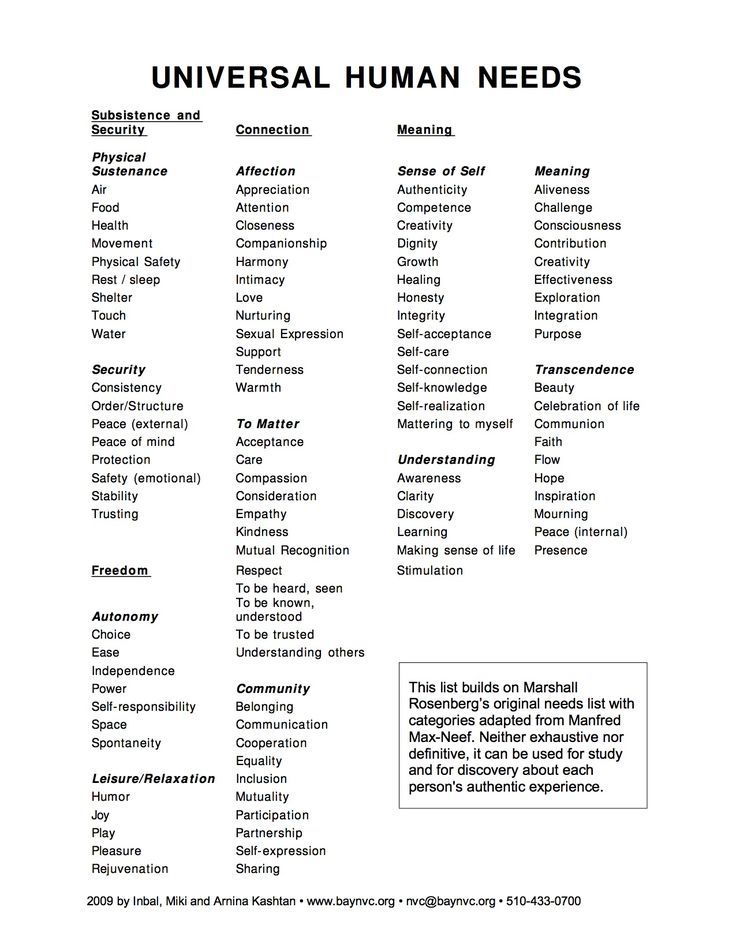 Values can also guide a person's behavior, forcing him to satisfy certain needs.
Values can also guide a person's behavior, forcing him to satisfy certain needs.
Basically, values affect the social needs of a person, since a person is close to an animal in biological needs, although he satisfies them in his own, special ways. Also, the need of a person is influenced by features that fundamentally distinguish him from animals - work and thinking.
Needs and values act as a link between society, the social environment and the individual. At the same time, a person acts as a person with his own specific, inner world. Society has its own material and spiritual aspects, external determinants and internal motivation that make a person act in a certain way.
Over the long history of human existence, fundamental human values have been developed that affect human needs. These values are considered in the literature as key life guidelines. It is they who are able to give motive power to human behavior, to force him to satisfy or not satisfy certain needs.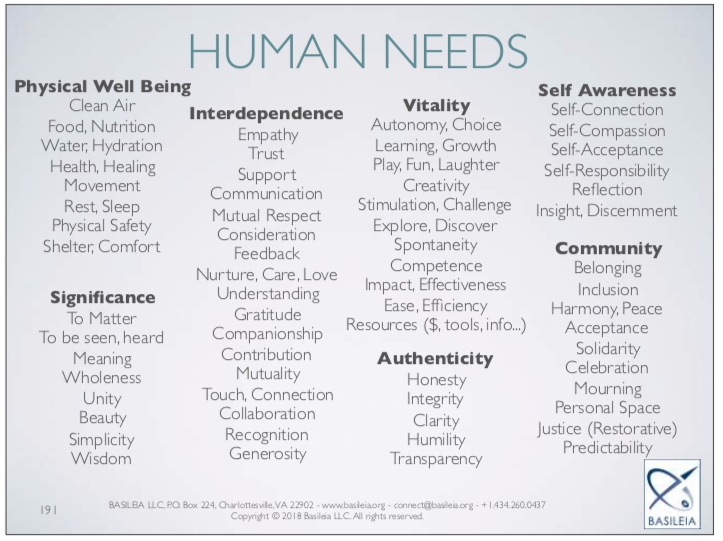
The concept and meaning of values
Definition 2
The system of values is a set of assessments of objects and phenomena of the world that are given by man. In particular, the value system is able to determine how a person will relate to certain problems, needs, how he will form and correct them.
Within the framework of the tourism industry, the study of the need for value is important, since Ilya's tourism product is oriented precisely to human needs. Determining the needs, motives, goals of a person allows you to find a suitable target audience that can be implemented by a certain tourism product.
Evaluation of certain objects or phenomena establish what significance they have for a person, how he relates to them. Literally all spheres of public life, all social structures and relations are permeated with needs and values. Without them, the existence of society as such is impossible. For these reasons, they act as general concepts for the entire set of social sciences.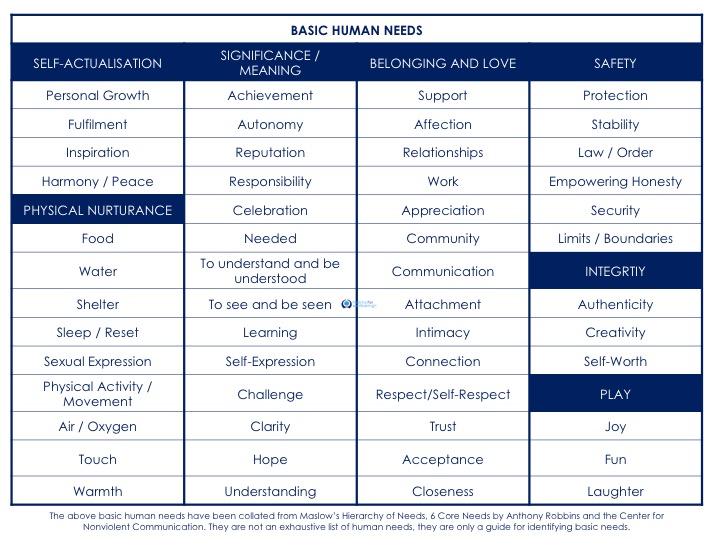
Connection of needs and values
Needs and values act as a link, but they are not identical concepts, despite their closeness. They are developed in society in order to reflect the changes and transformation that are taking place in various social spheres. These concepts are very important for the economy, since the products of enterprises are oriented, first of all, to the needs of people, to their values.
Manufactured products can also affect the values that a person has. For example, if a certain product is popular, many people will want to use it. For example, travel has now gained particular popularity, due to which many people consider it as their need, value, direction of development, even if they currently do not have the money to travel.
It should be noted that values can be spiritual and material, social and moral. Travel, tourism products are not related to material resources, but are aimed at the spiritual development of a person, social development, and therefore are especially popular.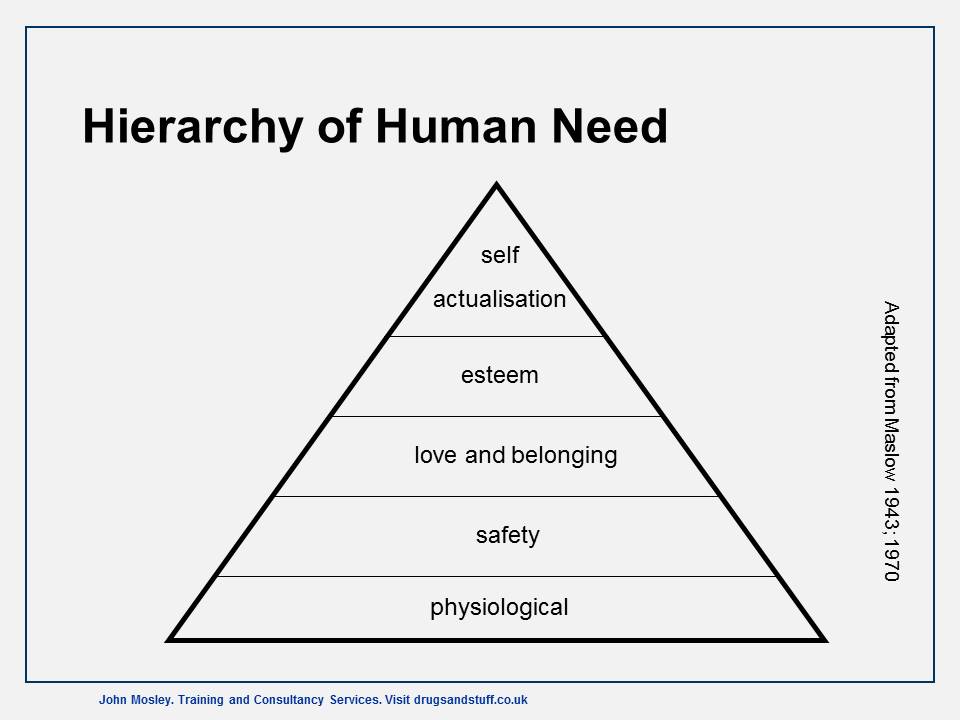 A tourist product is a subjective product, that is, it primarily affects a person's emotions. It will depend on how much the client likes the tourist product, whether he will become a regular client of this travel agency in the future.
A tourist product is a subjective product, that is, it primarily affects a person's emotions. It will depend on how much the client likes the tourist product, whether he will become a regular client of this travel agency in the future.
Thus, the following categories of values are distinguished:
-
Material. These are any things that can satisfy certain human needs. They can be reproduced, worn out, destroyed, become unusable, etc.
-
Social. Associated with the need to be in a certain social status, to have a certain level and quality of life.
-
Spiritual values. Reflect the relationship between the individual and society. In turn, they are divided into the following categories:0005
- Moral. They reflect the moral values that veiledly permeates the whole society, are reflected in worldview concepts, works of science and art.
- Religious. These are worldviews that are determined by a system of certain positions and truths.
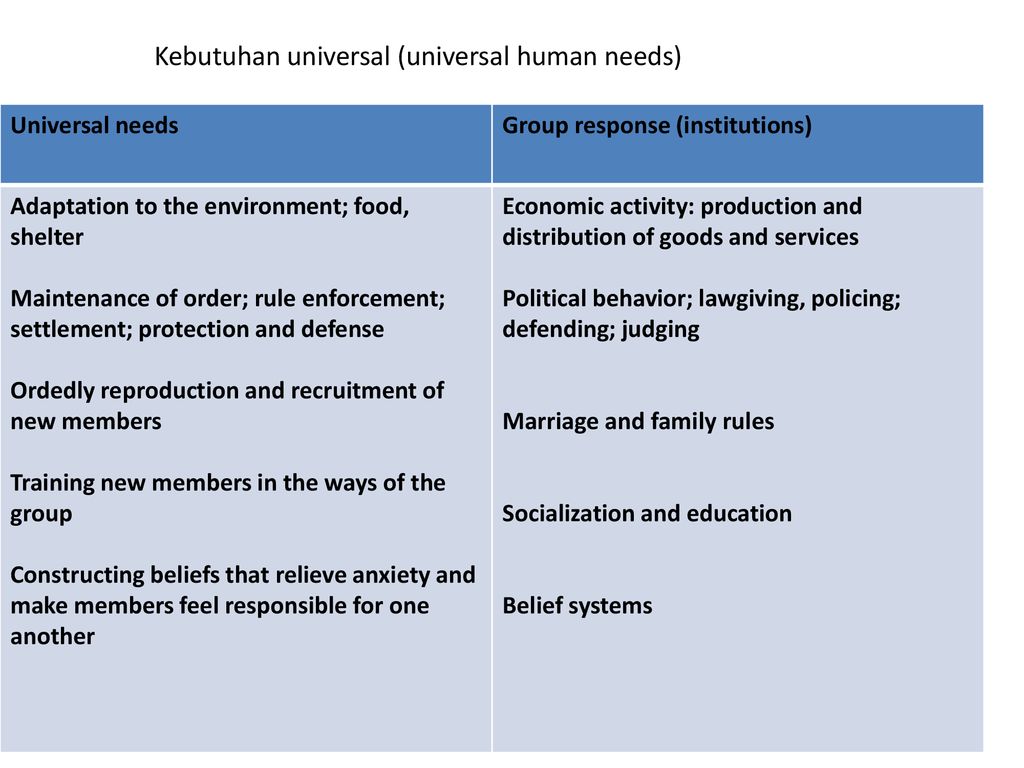
- Aesthetic. They reflect people's ideas about beauty, harmony, external and internal perfection.
- Personal or individual. In Russia and in the West, much attention is currently paid to the study of personal values. A similar situation is observed due to the fact that personal values are a factor that determines a person's behavior, including his behavior as a consumer.
Human and social values | Agroecology Knowledge Center | Food and Agriculture Organization of the United Nations
Human and social values | Agroecology Knowledge Center | Food and Agriculture Organization of the United NationsStrengthening and protecting livelihoods, equity and social well-being in rural areas are essential to the sustainability of agricultural and food systems.
Agroecology emphasizes human and social values such as dignity, equity, inclusion and fairness; they all contribute to improving the lives of people in the framework of achieving the SDGs.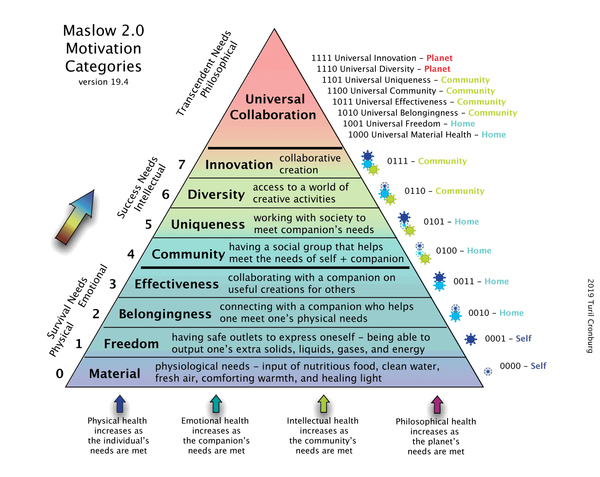 Food systems focus on the aspirations and needs of those involved in the production, marketing and consumption of food. By enhancing the self-reliance and adaptive capacity of people and communities to manage their agro-ecosystems sustainably, agro-ecological approaches provide an opportunity to overcome poverty, hunger and malnutrition, realize human rights, including the right to food, and preserve the environment for future generations, laying the foundation for their prosperity.
Food systems focus on the aspirations and needs of those involved in the production, marketing and consumption of food. By enhancing the self-reliance and adaptive capacity of people and communities to manage their agro-ecosystems sustainably, agro-ecological approaches provide an opportunity to overcome poverty, hunger and malnutrition, realize human rights, including the right to food, and preserve the environment for future generations, laying the foundation for their prosperity.
Agroecology focuses on eliminating gender inequality by creating the necessary opportunities for women. Globally, women make up almost half of the agricultural workforce. They play a vital role in household food security, dietary diversity and family health, and in the conservation and sustainable use of biodiversity resources. Despite this, women continue to be economically marginalized, vulnerable to violations of their rights, and their contributions are often ignored. Agroecology can help rural women in family farming to become more self-reliant by acquiring the necessary knowledge, participating in collective action and creating opportunities for the commercialization of their work.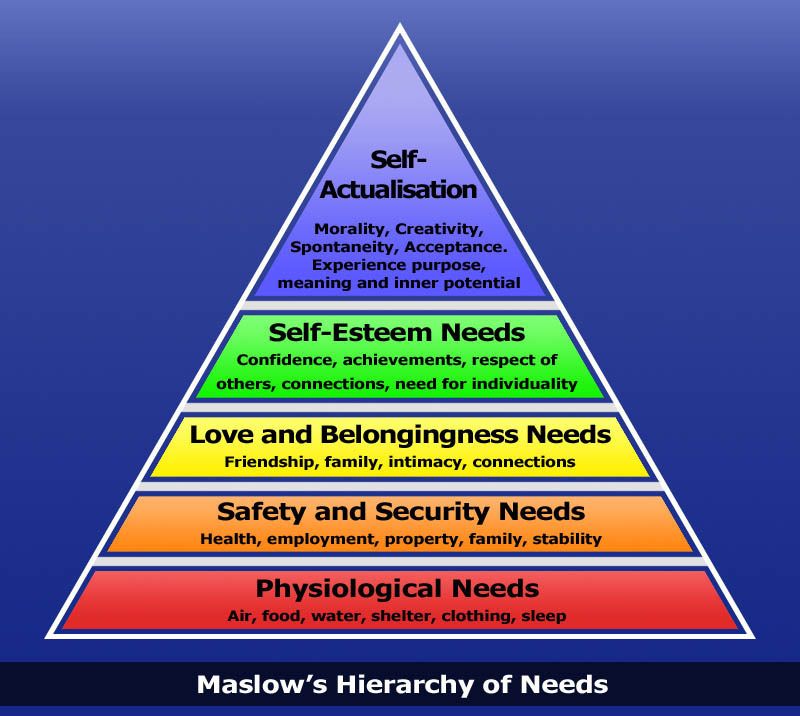
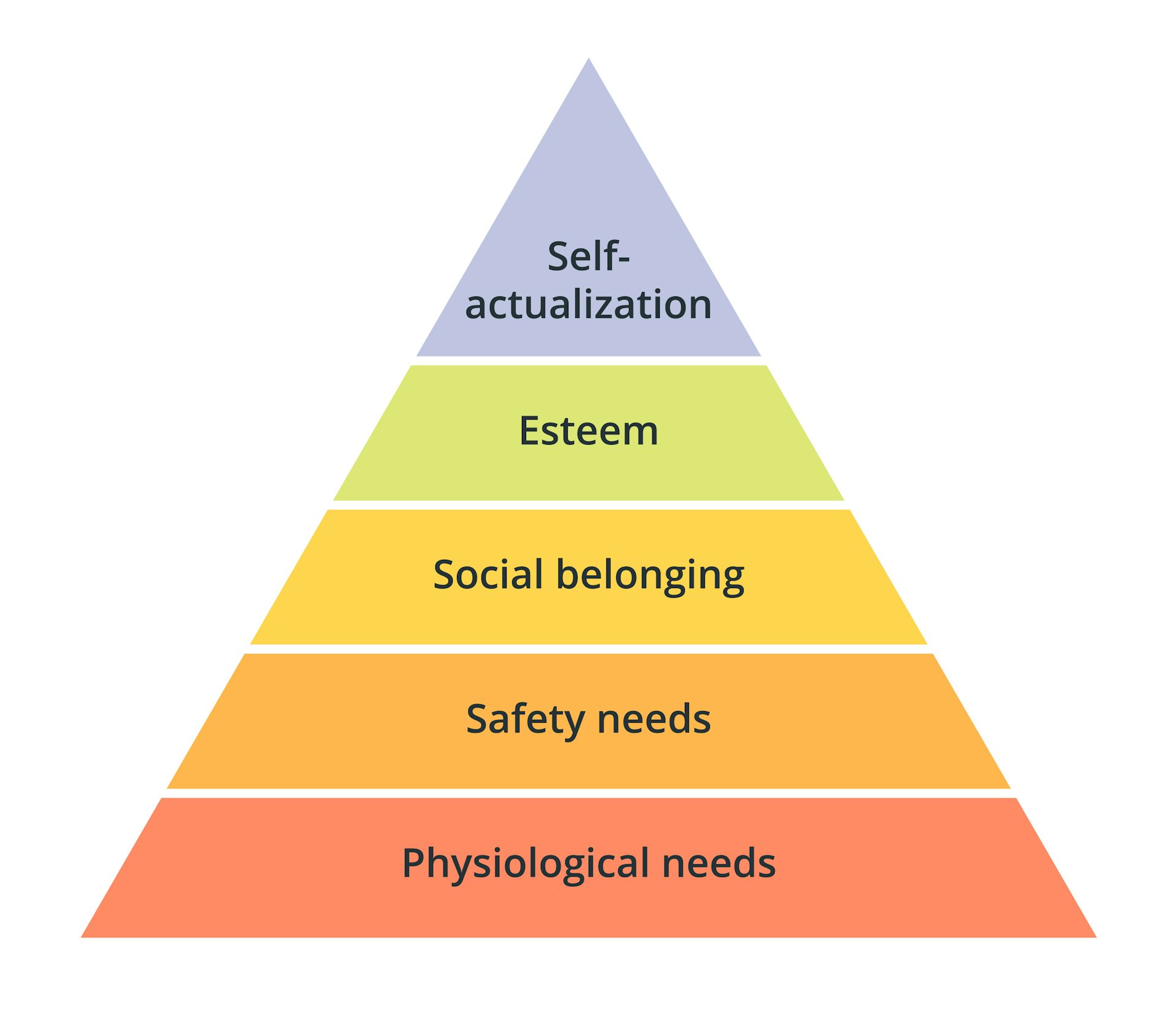 More self-esteem
More self-esteem


